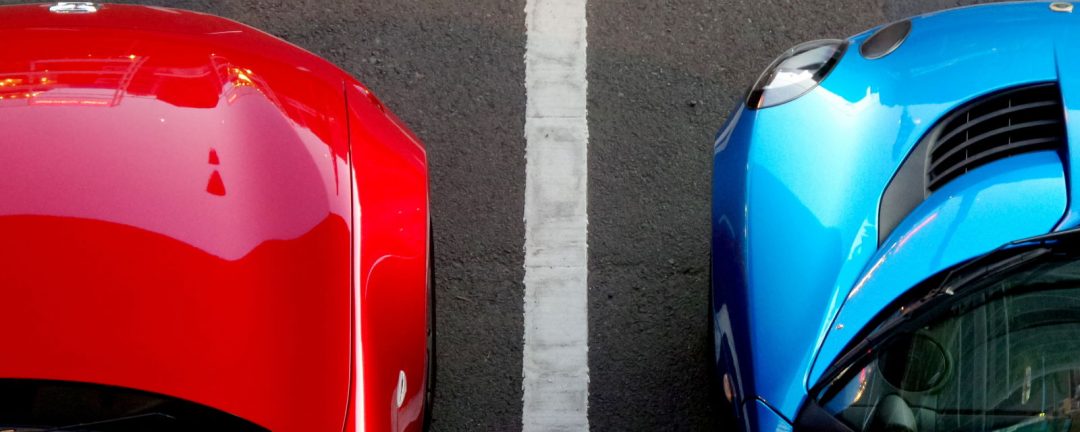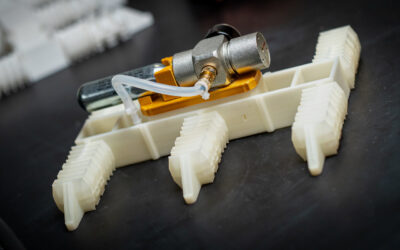The automotive industry is facing major challenges, one of which is reducing fuel consumption and thereby increasing the range of electric cars. While this problem seemingly cannot be solved with a blanket solution, design engineers are increasingly looking to lightweight materials as one effective approach.
Previously, front and rear bumpers of small cars were typically produced from polyurethane systems with short-fiber reinforcements, which have a wall thickness of 3.0 mm. Attempts to lower the weight by reducing the component thickness or using a special filler combination with a lower material density, however, have failed. Important mechanical properties, such as mechanical strength, stiffness, and impact strength, were insufficient.
Now, BASF and the Italian company, STR Automotive, have jointed together to bring a new light-weight material called, Elastolit, into production. According to the two companies, this new material is based on a high modulus polyurethane basic material with high temperature resistance, stiffness, and impact strength, providing an innovative solution to this long-standing problem.
“The improved mechanical properties of the matrix material allow the designer to reduce the wall thickness of such attachments by around 20% without compromising component quality,” explains Jürgen Schneider from Technical Development at BASF Polyurethanes. “This is particularly true for such large-area small-series components with regard to dimensional stability and dimensional accuracy under changing climatic conditions. The higher stiffness and strength of the material as well as its high heat resistance have a very positive effect in this respect”.
Depending on the requirements and its application, this new lightweight material can be “tuned” by combining it with different fillers, such as a mineral standard fiber for components like bumpers, a mineral/carbon fiber combination for vertical components with low thermal expansion coefficients, or a combination of carbon fibers and light hollow glass spheres for components for which a particularly high weight reduction is a priority.
The companies report that in the first series, vehicle weight was successfully reduced by 0.6 kg per m². For rear panels, this means a weight reduction of up to 1.5 kg.
The team also sees potential for applications which could take advantage of the high temperature stability of the material, such as in the construction of engine compartments.














